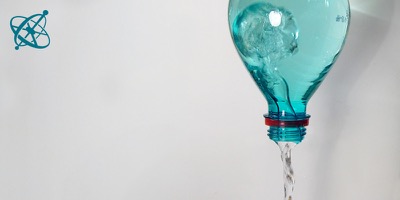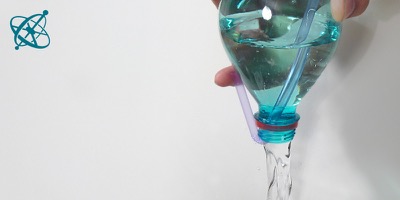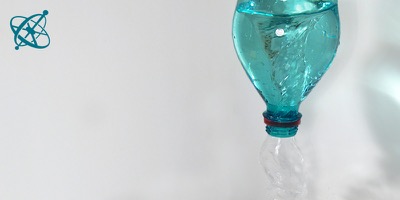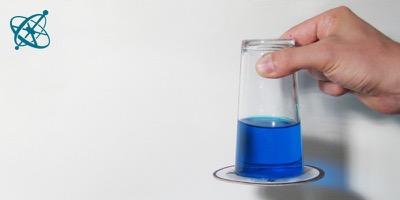 www.sciensation.org | Ciênsação hands-on experiments are published as Open Educational resources under a Creative Commons Attribution-ShareAlike 4.0 International License.
www.sciensation.org | Ciênsação hands-on experiments are published as Open Educational resources under a Creative Commons Attribution-ShareAlike 4.0 International License.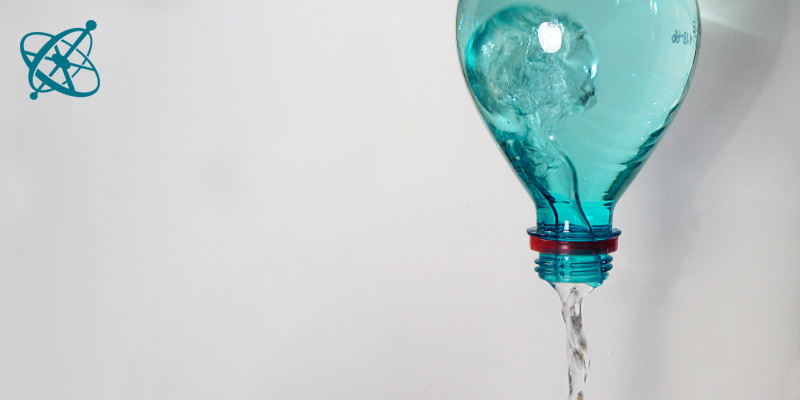
How do you get water quickly out of a bottle?
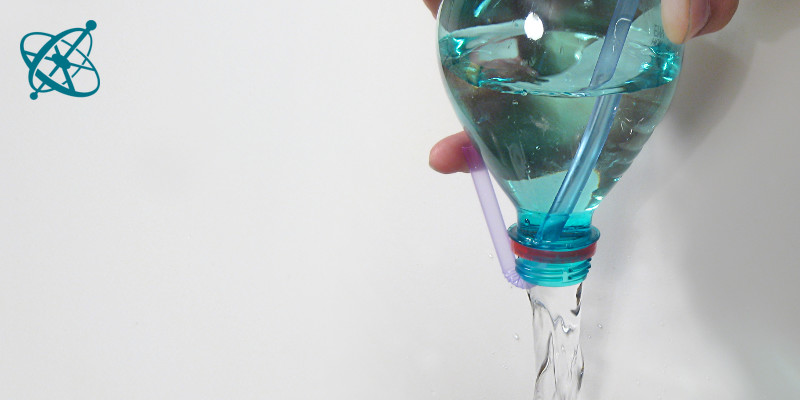
You got to give air a chance to get in, be it through a straw,…
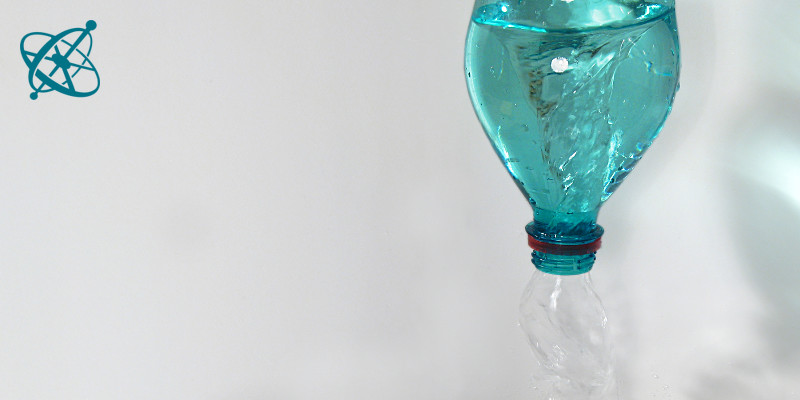
…or by generating a vortex, through which air passes.
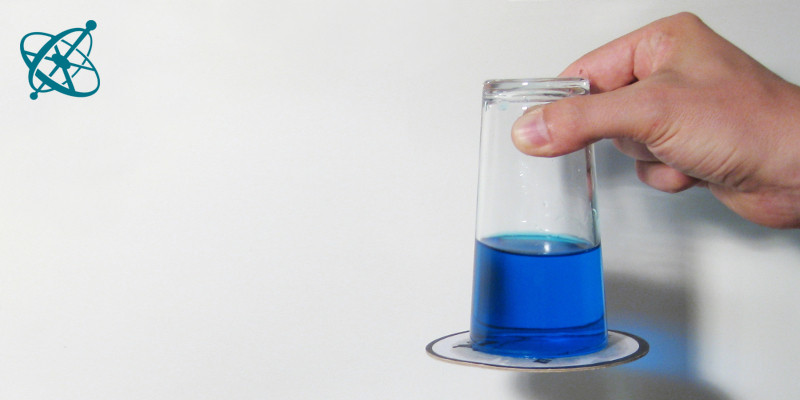
The same laws of physics apply to this glass.
Draining race
Emptying a bottle of water means filling it with air.
This insight is key to win a competition in draining water bottles as fast as possible. And it helps to explain why water can stay in a glass that is held upside down.
Understanding and managing the role of air pressure in draining bottles (or other containers).
Finding an engineering solution as a team.
Water
Sink
Straws (or tubes)
Water glass
Cardboard
Form two or three groups (or more, if you have more than one sink in your classroom) and hand each group a full water bottle. Explain that their task is to empty this bottle as quickly as possible. Give them half a minute to discuss a strategy before letting them compete over a sink.
After discussing why some draining methods outperformed others, see if your students can apply what they learned: Fill a glass with water and hold a flat cardboard or paper onto the opening while turning it upside down.
1. Find a way to empty a full water bottle as quickly as possible.
2. Explain the experiment of the 'free floating water': What holds the cardboard on the glass and why does the water not spill?
Obviously, there are many ways to accelerate the outflow of the bottle, like holding the bottle under an angle rather than straight upside down, shaking, generating a vortex, holding a straw into the bottle or punching a hole in the bottle and possibly even blowing into that hole. All of these approaches have in common that they let air flow into the bottle – just pressing the bottle won't do the trick.
Once your students gained a feeling for the role air played in this task, they should be able to recognize it in the case of the upside-down water glass: The cardboard is pressed onto the glass by the surrounding air pressure. Since the paper – in combination with water adhesion – does not allow air to flow into the glass, the under-pressure in the glass does not allow the water to flow out.
